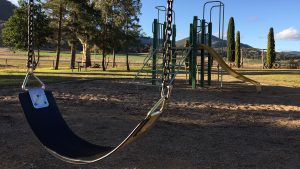When to start myopia management
Myopia is becoming more common, as knowledge on detection and management increase. When should you start myopia control? Here we present an overview of when you might start myopia management across the spectrum of patient presentations. Since every child and their family are unique, we also point you towards more information for each situation.




















